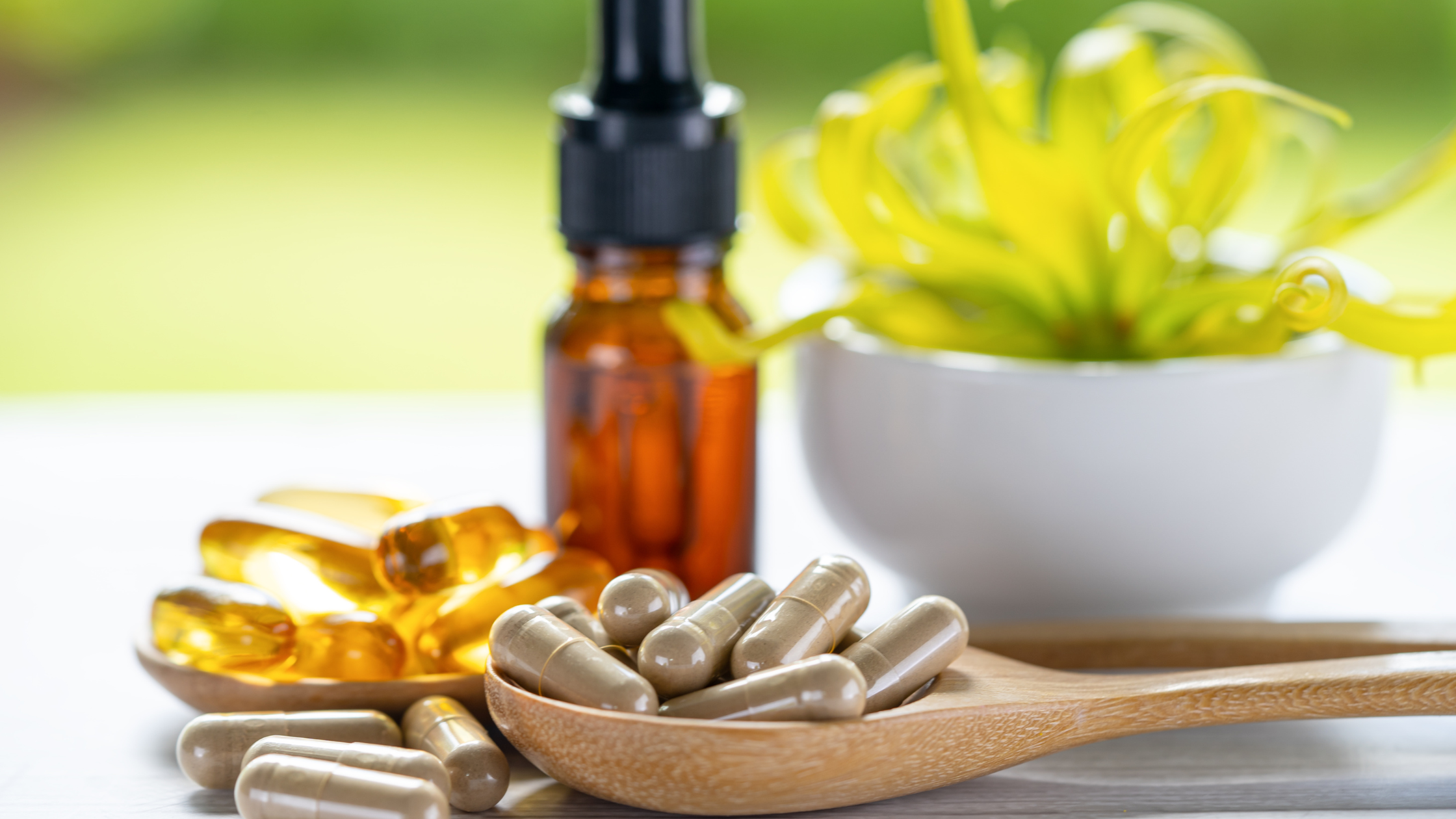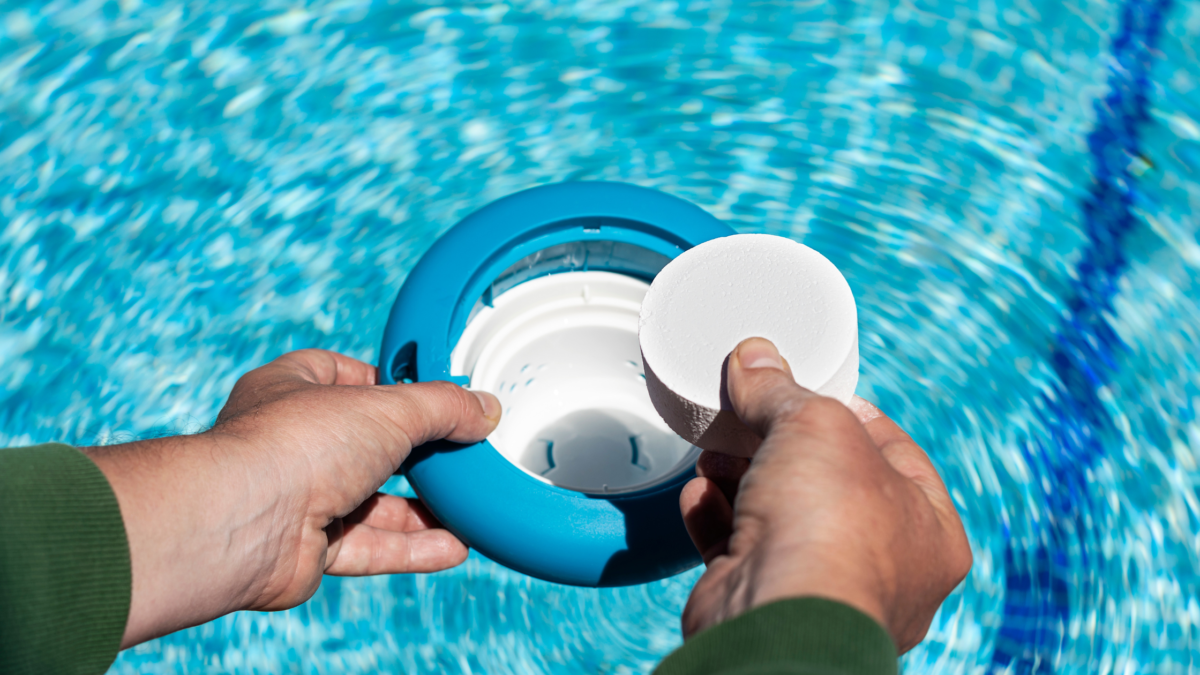


Medically Reviewed By Margaret Etudo. Written By The Vitamins For Woman Team.
Chlorine and skin don’t always get along. Whether you swim often or occasionally, this guide shows how to prevent damage, protect your barrier, and recover with dermatologist-recommended care.

Swimming offers incredible health benefits—from cardiovascular fitness to stress relief—but regular exposure to chlorinated water can come at a cost. Many swimmers report experiencing dry, itchy, or inflamed skin after swimming. Others deal with rashes or eczema flare-ups that worsen with pool exposure.
The link between chlorine and skin issues is well-documented in dermatology yet often overlooked in skincare routines.
This article dives into how chlorine impacts your skin, offers actionable ways to protect and repair your skin barrier, and recommends the best chlorine removal products based on clinical insights and pharmacy knowledge.
You’re in the right place if you’ve ever asked, “Does chlorine damage skin?” or “How can I protect my child’s skin from chlorine?”.
Chlorine is a strong disinfectant that kills bacteria, viruses, and other pathogens in pool water. While effective in maintaining hygiene, it is also a known irritant.
Chlorine oxidizes and breaks down organic matter, including harmful microbes, the natural oils (sebum), and proteins that protect your skin.
This disruption leads to:
For people with sensitive skin or existing skin conditions like eczema or psoriasis, chlorine’s drying effects can significantly worsen symptoms.
Many swimmers confuse chlorine rash with eczema, but they are different.
Chlorine rash is a form of irritant contact dermatitis. It usually appears within a few hours after swimming and presents as:
Eczema, on the other hand, is a chronic inflammatory condition that can be aggravated by chlorine but typically includes:
A helpful way to differentiate: If the rash consistently appears after swimming and fades with chlorine avoidance, it’s likely chlorine-induced irritation.
Note: A true chlorine allergy is rare. Most reactions are irritant-based, not allergic responses. If symptoms are severe or persistent, consult a dermatologist.
Creating a physical barrier between your skin and chlorinated water can significantly reduce the risk of irritation. Here’s how:
Use mineral sunscreen: If you’re swimming outside, use sunscreen with zinc oxide. It shields your skin from UV rays and acts as a barrier against chlorine.
Pro tip: Apply barrier cream on your child’s skin about 15 minutes before they hop in the pool. That way, it has time to settle and do its job.
After swimming, you aim to neutralize chlorine and restore your skin barrier.
For swimmers with eczema or sensitive skin, avoid soaps with sulfates or artificial fragrances post-swim. Fragrance-free, dermatologically tested formulations are best.
When protecting your skin from chlorine exposure, the right products can make all the difference. Whether swimming daily or just a few times a week, targeted skincare can help repair your barrier and prevent dryness, rashes, and irritation. Below are dermatologist-recommended options that work for both adults and children.
Top Pick: Triswim Chlorine-Out Body Wash
Formulated with vitamin C, aloe vera, and provitamin B5, Triswim helps neutralize chlorine on contact while soothing dry, irritated skin. It’s pH balanced, paraben-free, and gentle enough for kids—making it a wise choice for frequent swimmers.
Other effective chlorine removal products:
These products cleanse your skin and support skin barrier repair by removing residual chlorine before it causes further irritation.
Top Pick: Aquaphor Healing Ointment
Aquaphor creates a semi-permeable shield on your skin that locks in moisture and helps block chlorine from penetrating the outer layer. It’s beneficial when applied before swimming and works as a healing balm after exposure.
Other recommended barrier creams:
Using a barrier cream before swimming and a chlorine-removal soap afterwards forms a simple, effective skincare routine to help reduce the impact of chlorine and skin damage—especially for children or those with sensitive or eczema-prone skin.
Natural chlorine removal methods include:
However, combining natural remedies with clinical-grade products often provides the best results.
In most cases, chlorine does not cause permanent skin damage. However, repeated and unprotected exposure can disrupt the skin barrier long-term, trigger chronic dryness or eczema flares, and accelerate signs of ageing due to oxidative stress.
These effects are largely preventable with proper pre-swim skincare routines and post-swim care.
The best soaps for swimmers are:
Chlorine exposure is inevitable for swimmers, but chlorine and skin damage are not. By understanding how chlorine interacts with your skin and implementing simple protective steps, you can continue to enjoy the pool without compromising skin health.
As a pharmacist, I encourage swimmers, especially parents of children who swim frequently, to seriously treat chlorine rash and dry skin. Don’t wait for symptoms to appear before taking action. Incorporate barrier creams before swimming, use chlorine-removal soaps afterwards, and regularly repair your skin barrier with nourishing ingredients.
For extra protection during outdoor swims, explore our guide on vitamins for UV protection, and for everyday skin resilience, check out vitamins for skin protection.
The pool can still be your happy place—don’t forget your skin while enjoying it.
CDC. About swimmer’s itch. Swimmer’s Itch (Cercarial Dermatitis).
O’Connor C, McCarthy S, Murphy M. Pooling the evidence: A review of swimming and atopic dermatitis. Pediatric Dermatology. 2023;40(3):407.
Firuzi P, Asl Hashemi A, Samadi Kafil H, Gholizadeh P, Aslani H. Comparative study on the microbial quality in the swimming pools disinfected by the ozone-chlorine and chlorine processes in Tabriz, Iran. Environ Monit Assess. 2020;192(8):516.
Wang WL, Zhang X, Wu QY, Du Y, Hu HY. Degradation of natural organic matter by UV/chlorine oxidation: Molecular decomposition, formation of oxidation byproducts and cytotoxicity. Water Research. 2017;124:251-258.
S.R V. What to know about a chlorine rash? WebMD.

medically reviewed by margaret etudo, BPharm. written by the vitamins for woman team.